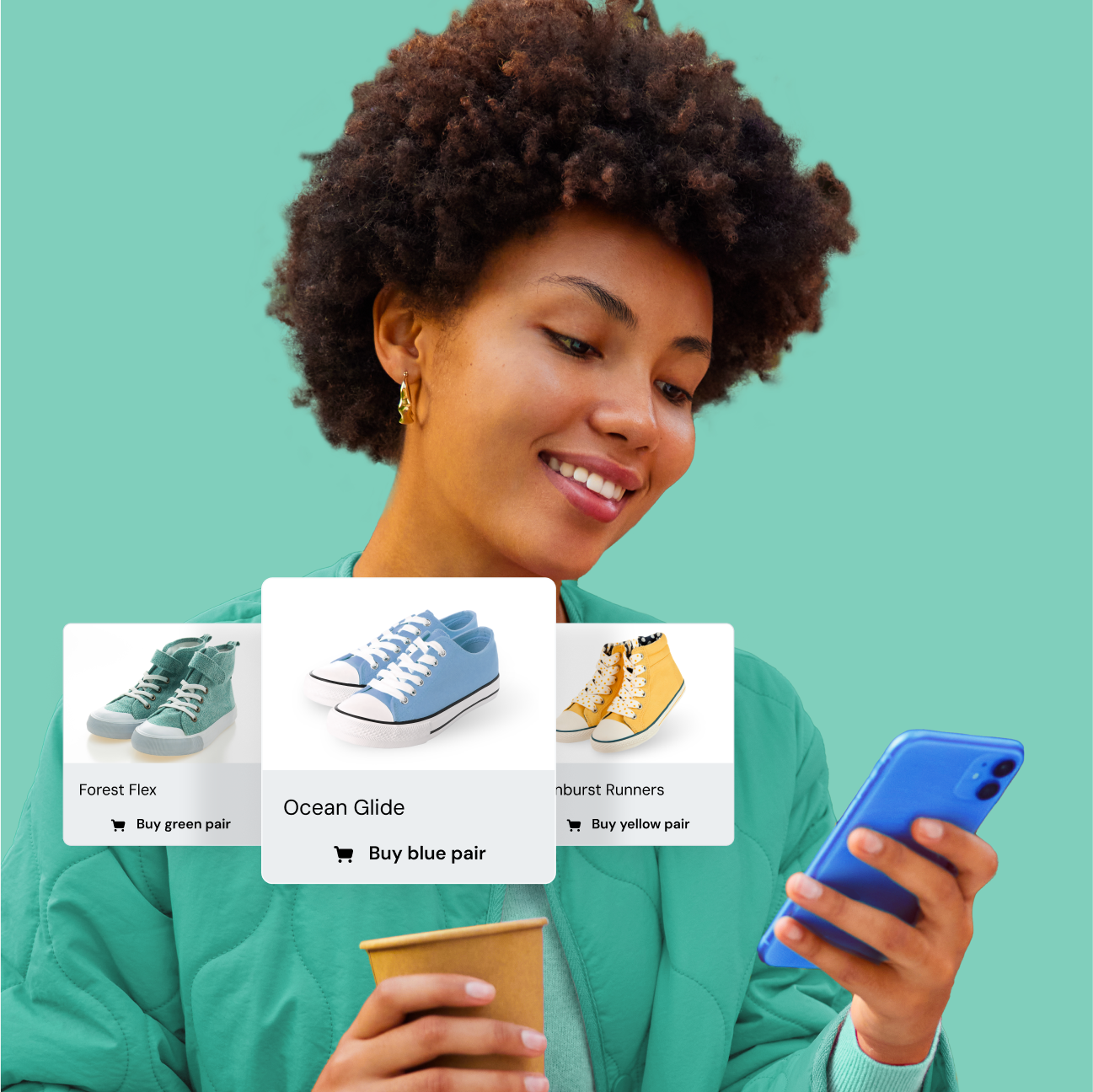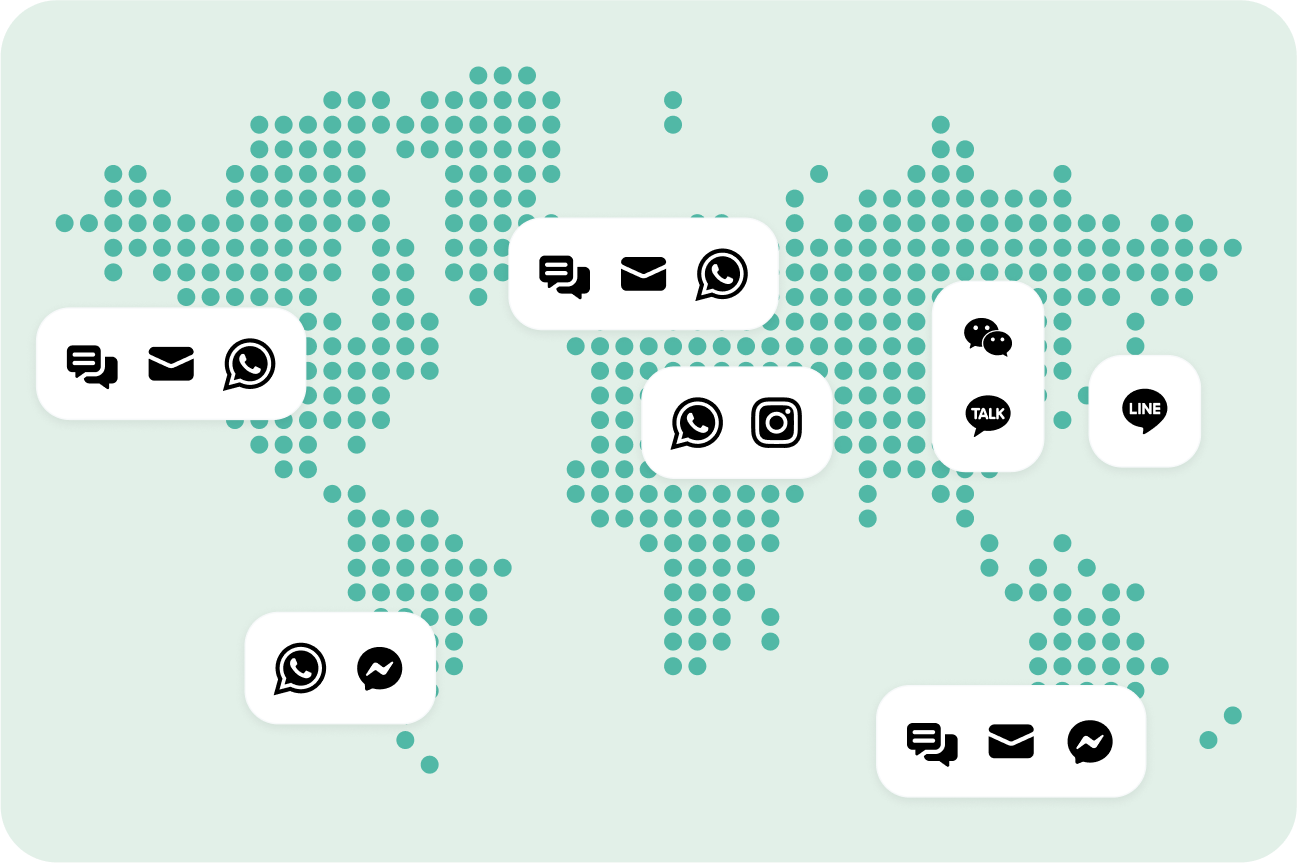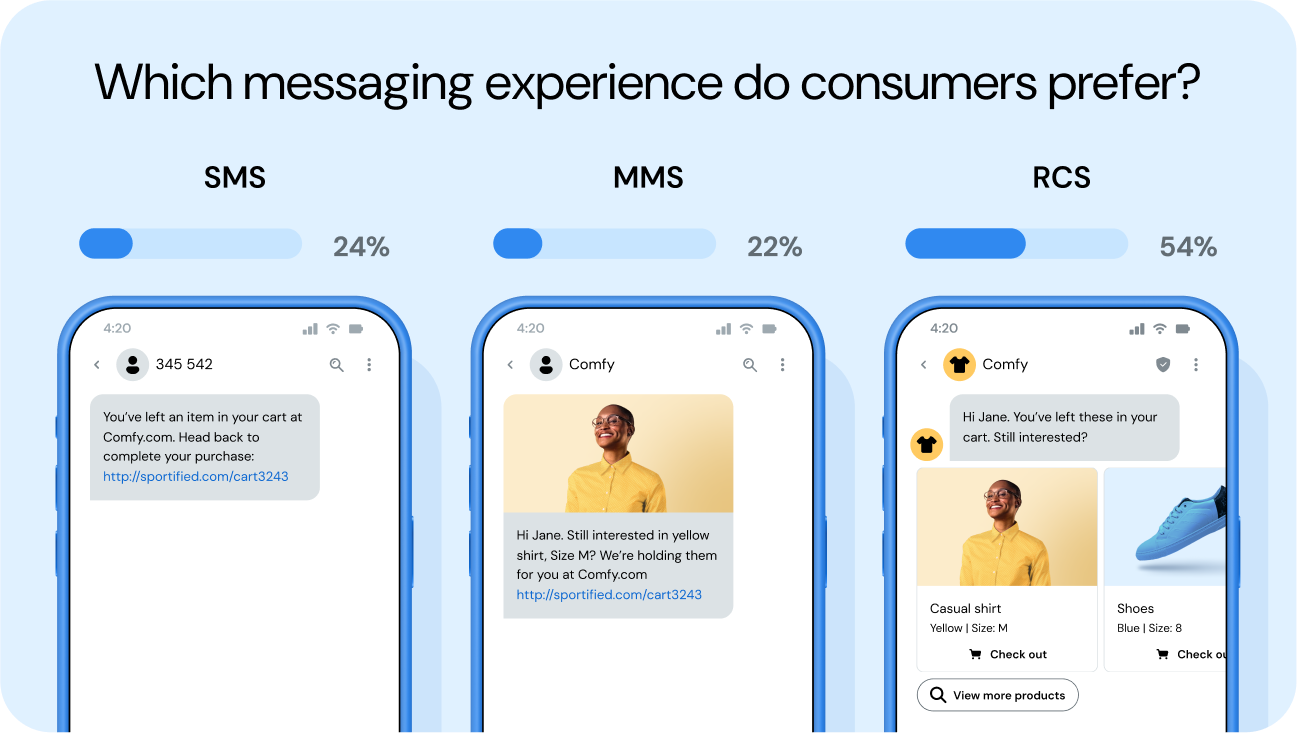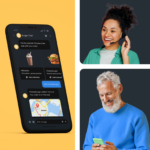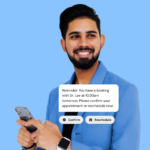Chapter 02
Make every touchpoint engaging
Engaging messages build connections one interaction at a time. They are memorable touchpoints with your brand that increase the likelihood your business will be top of mind when decision time arrives. Marketing messages delivered on the right channel at the right time support a lasting relationship that enhances the customer experience.
